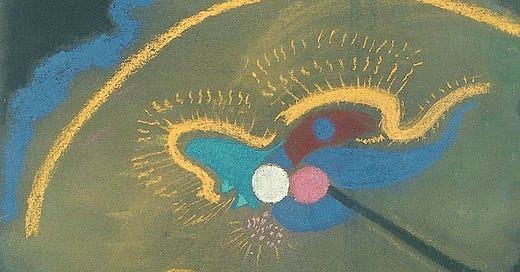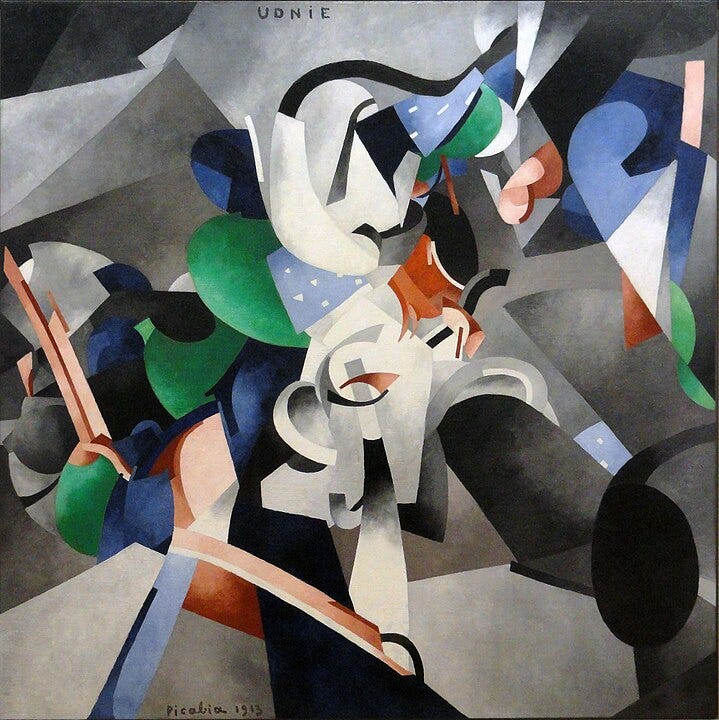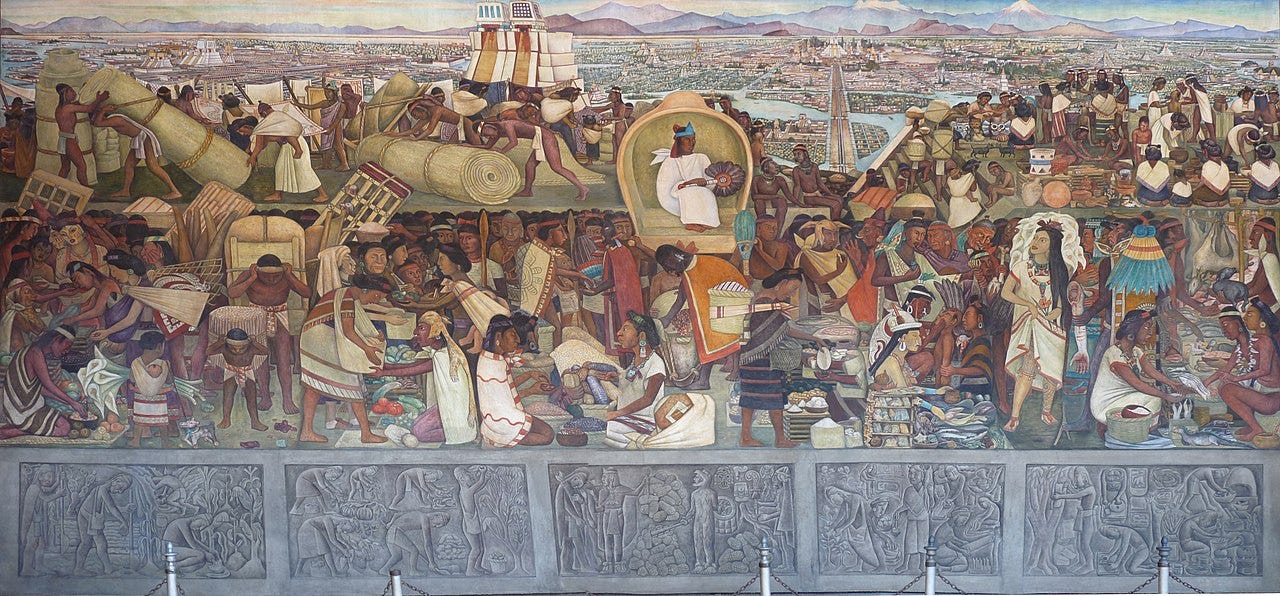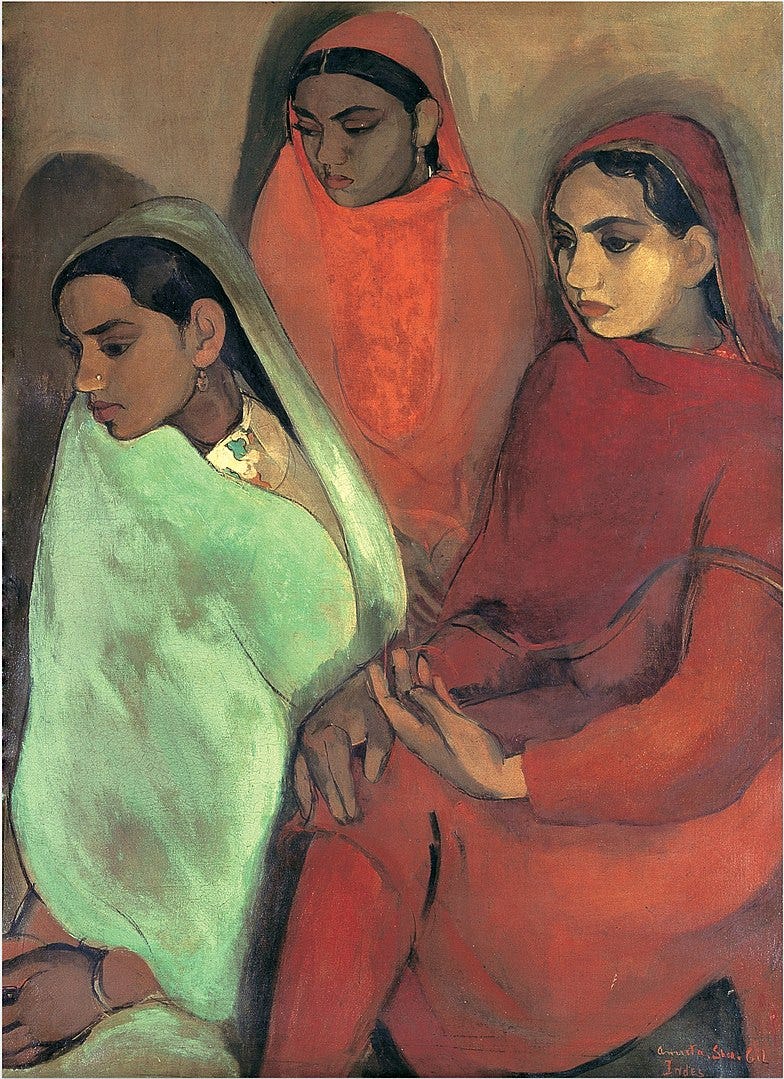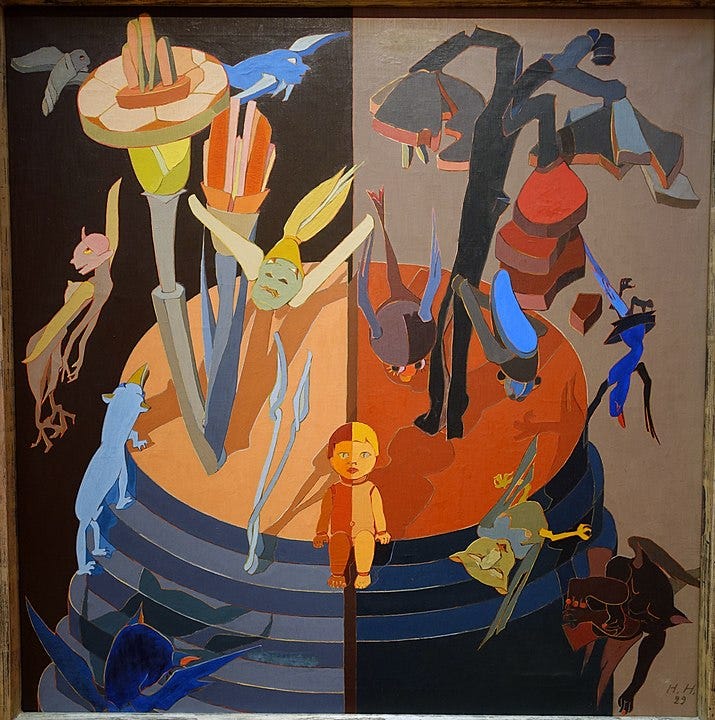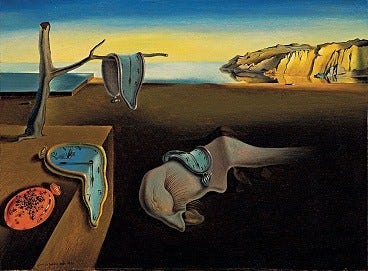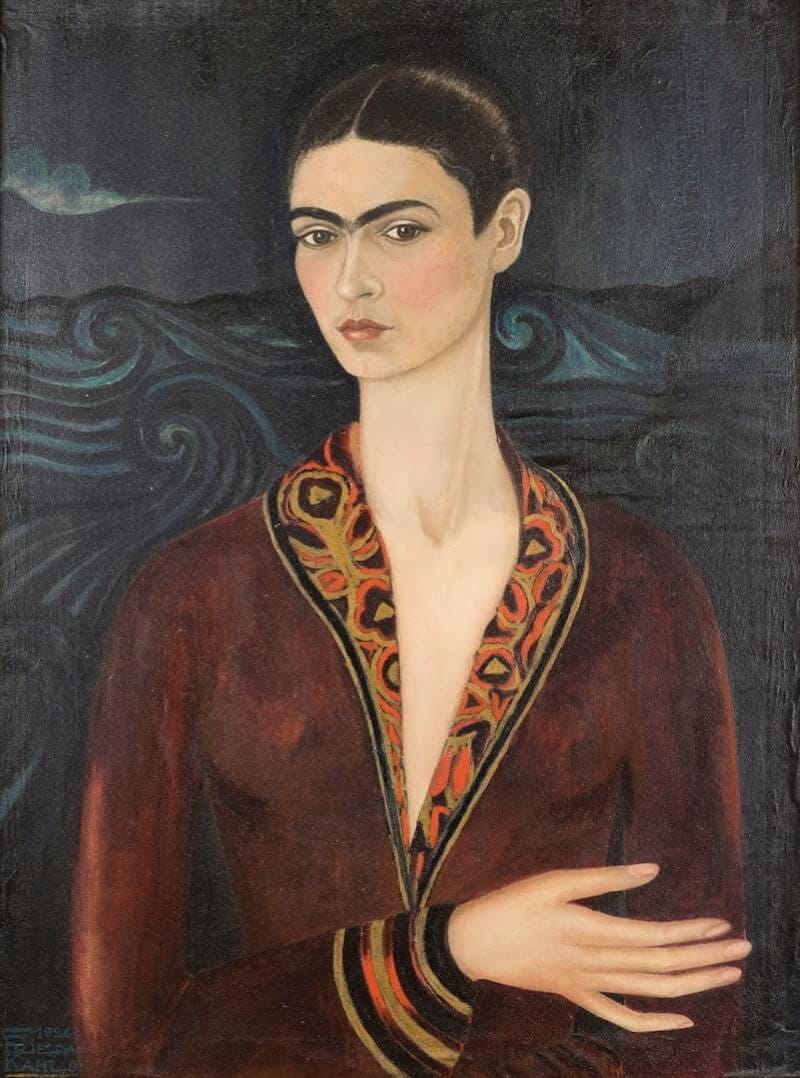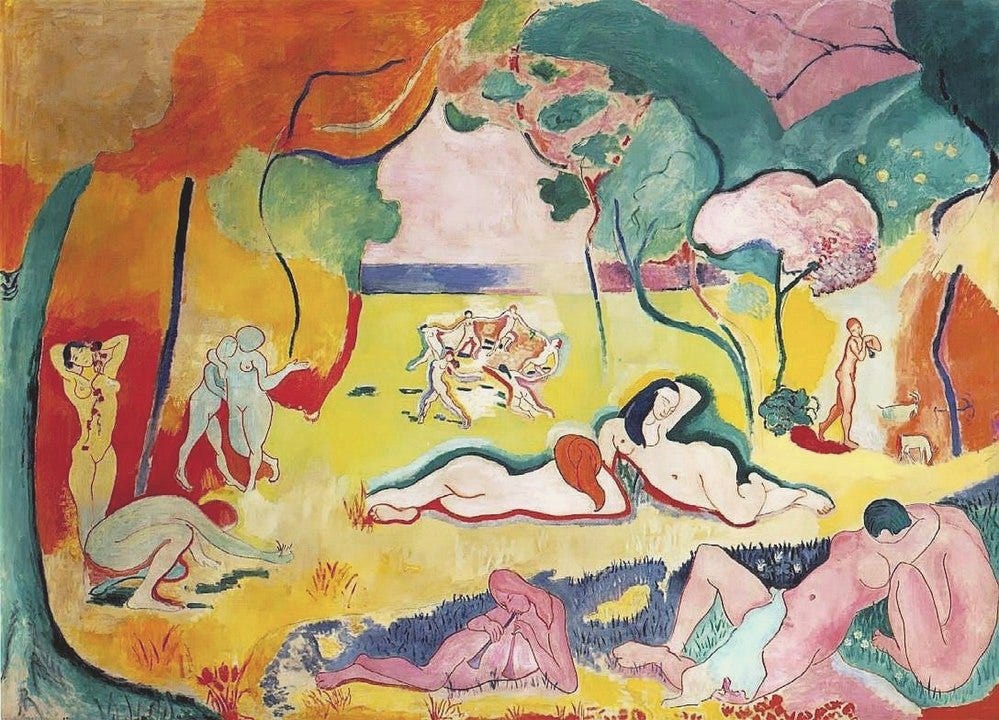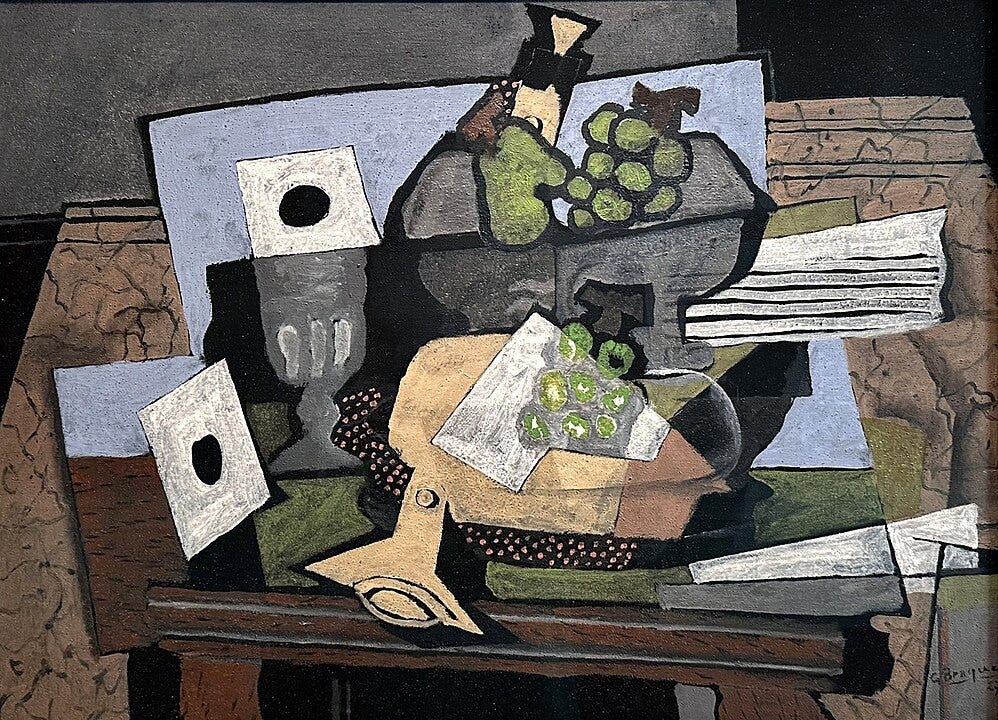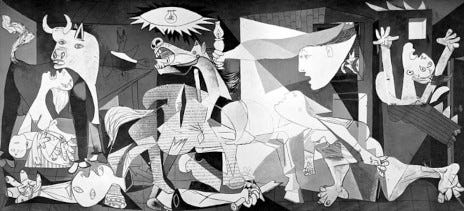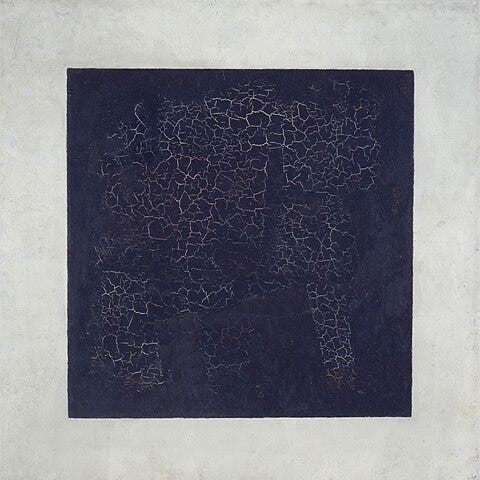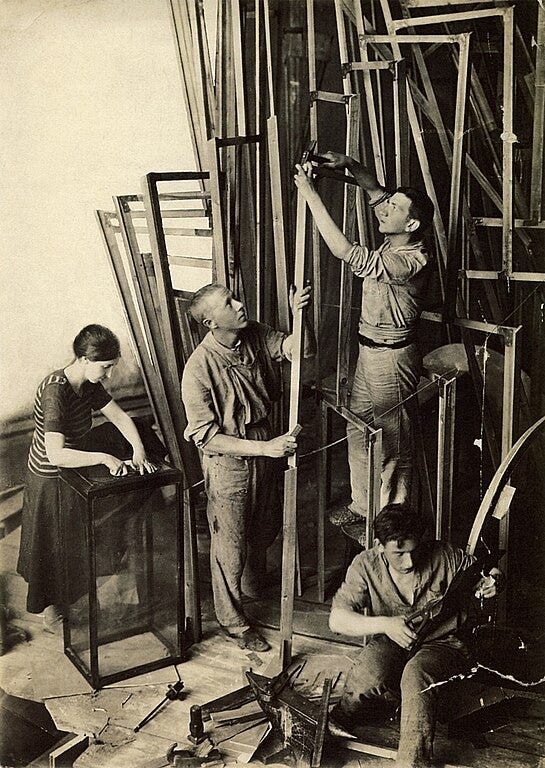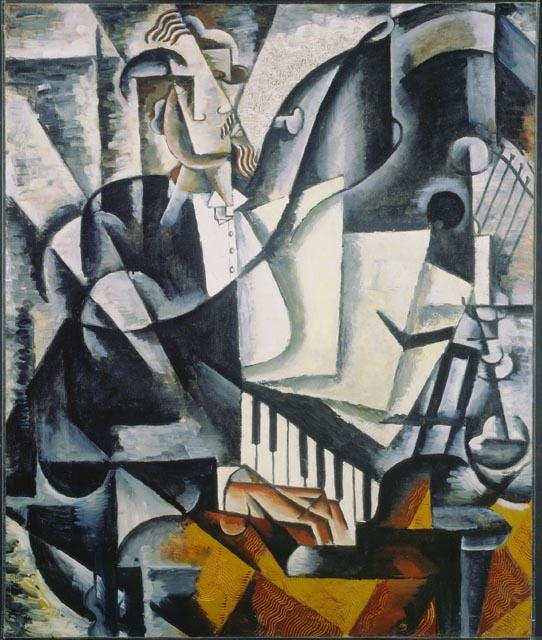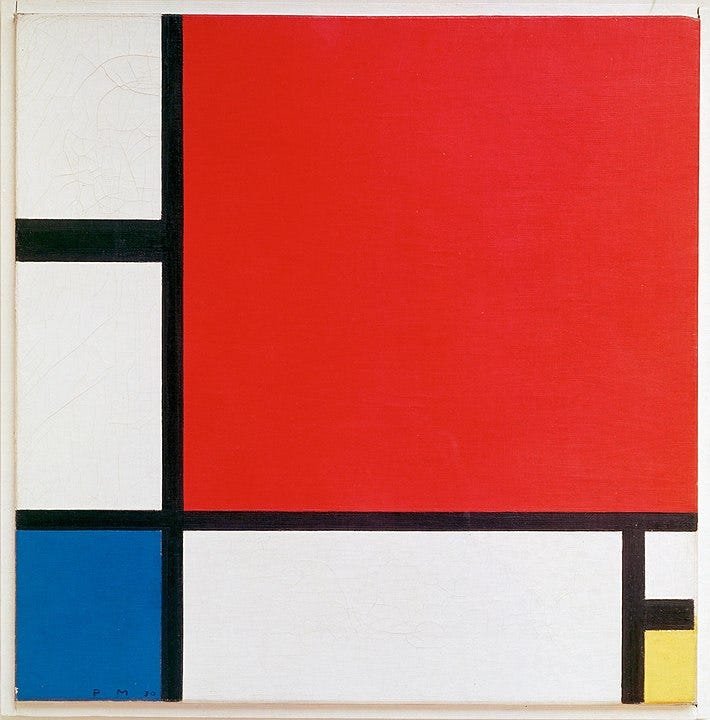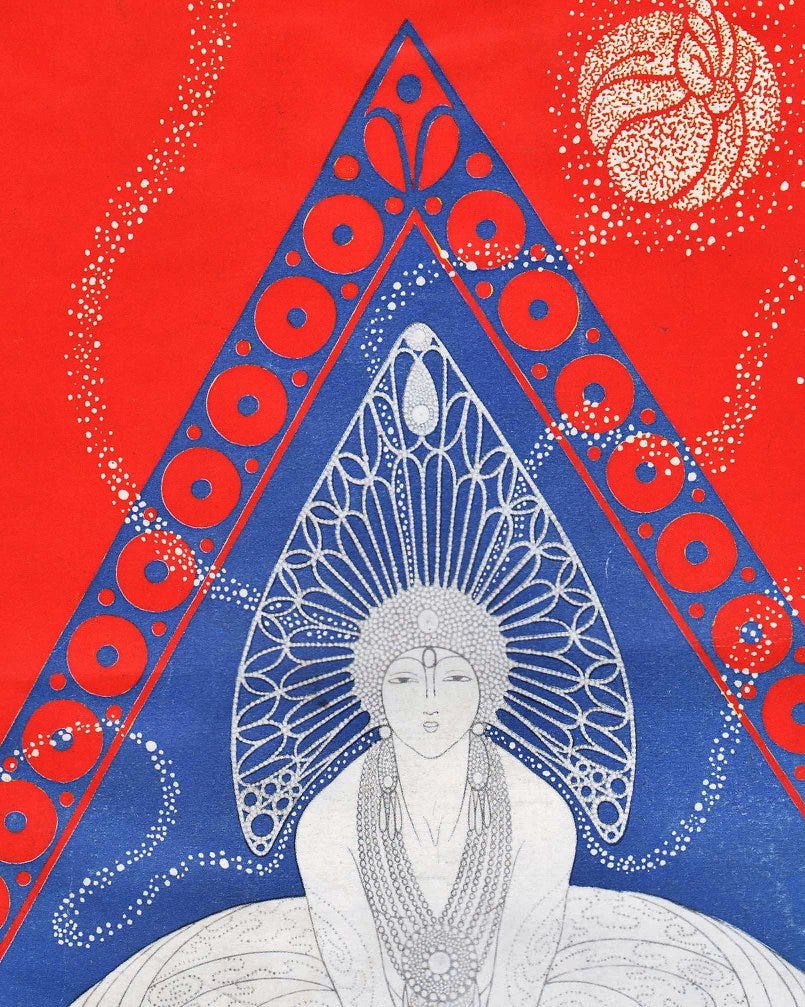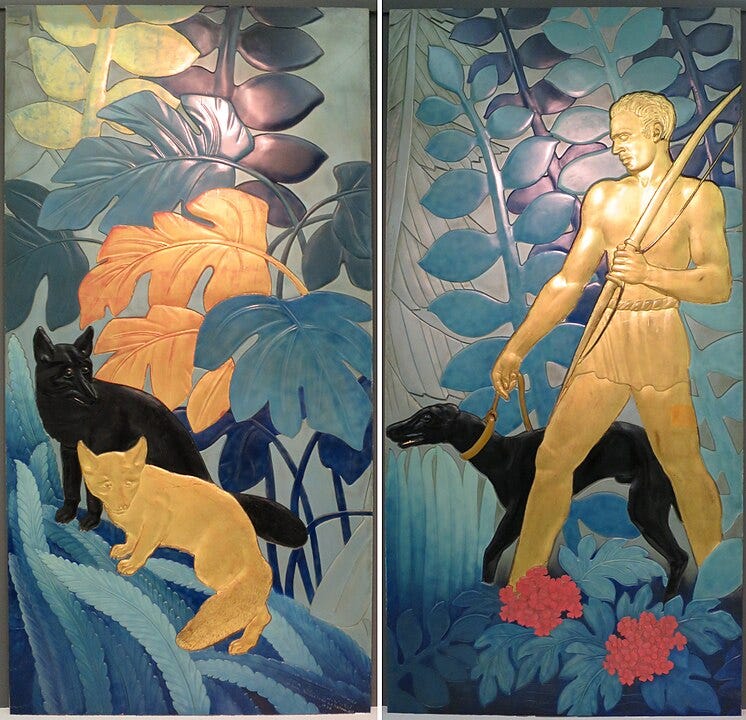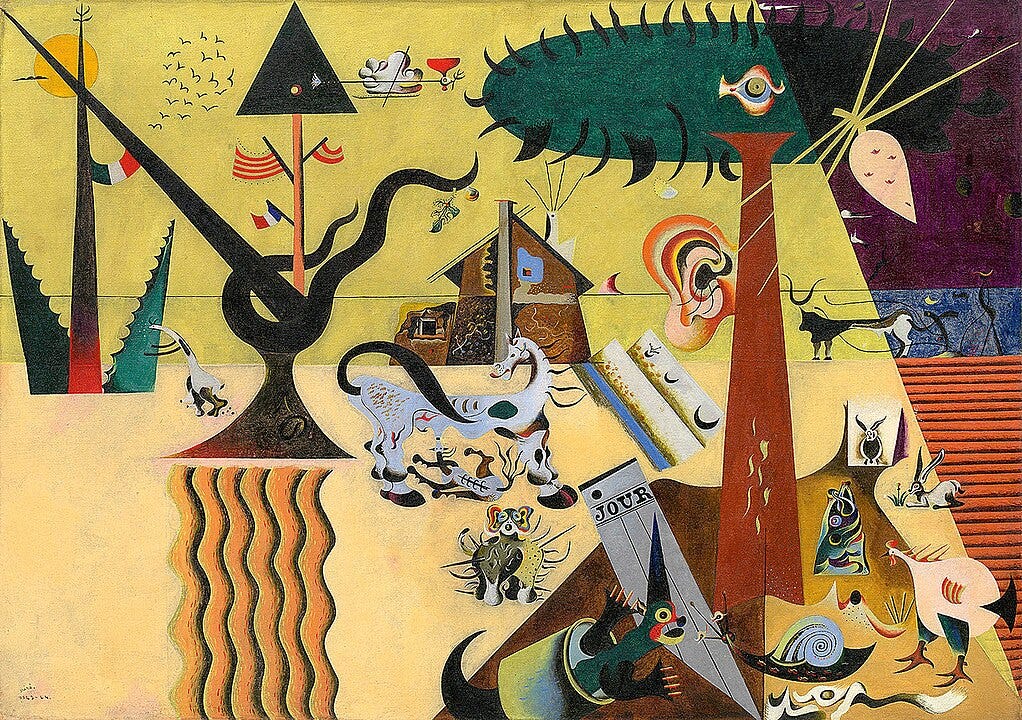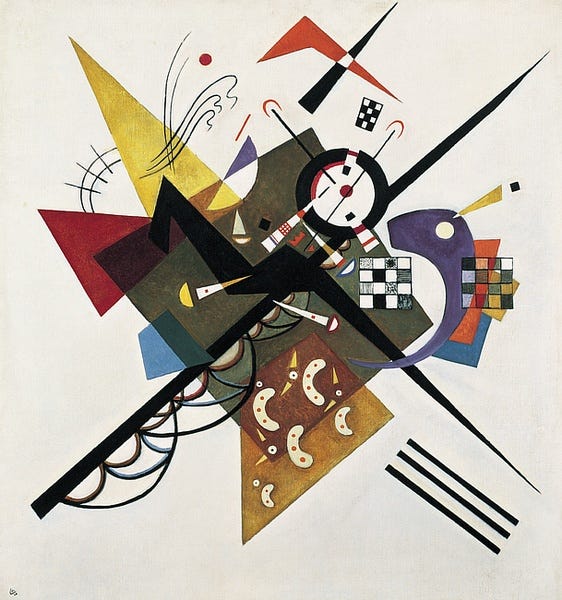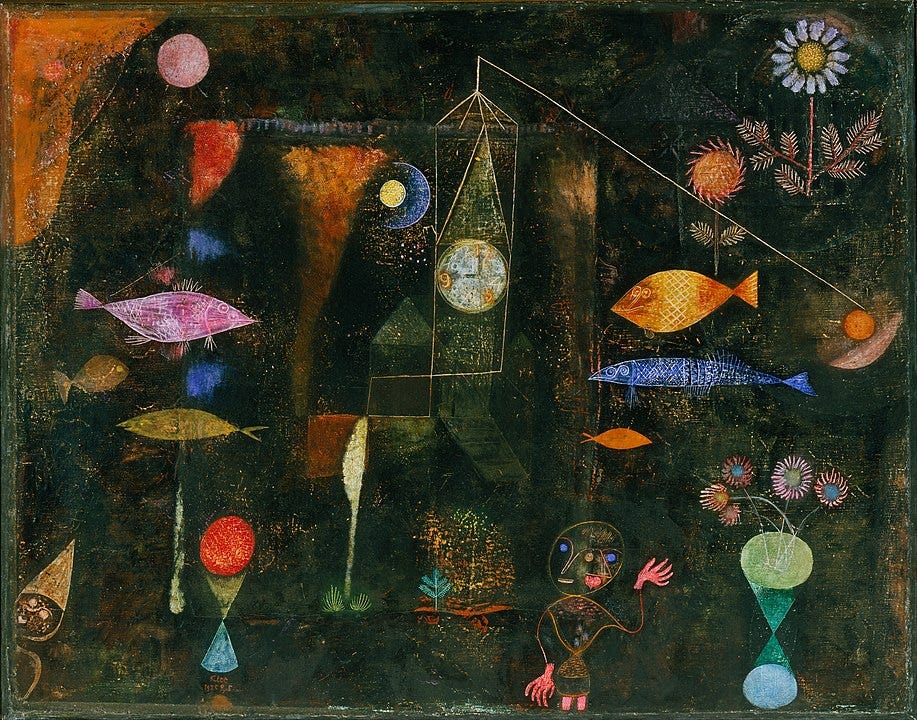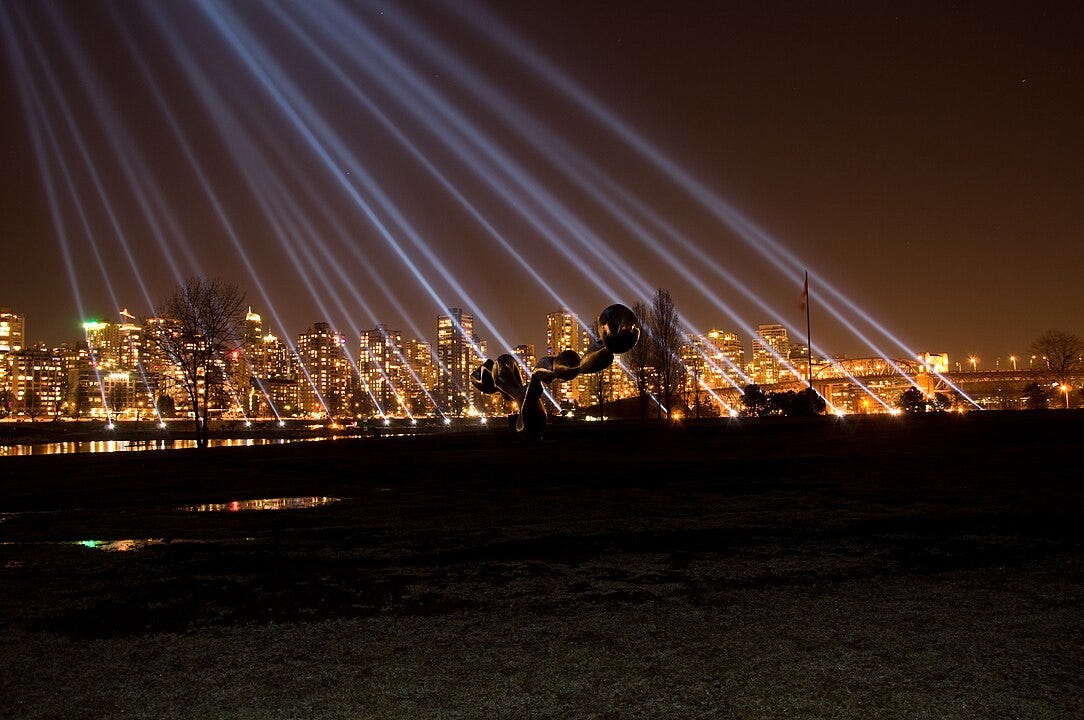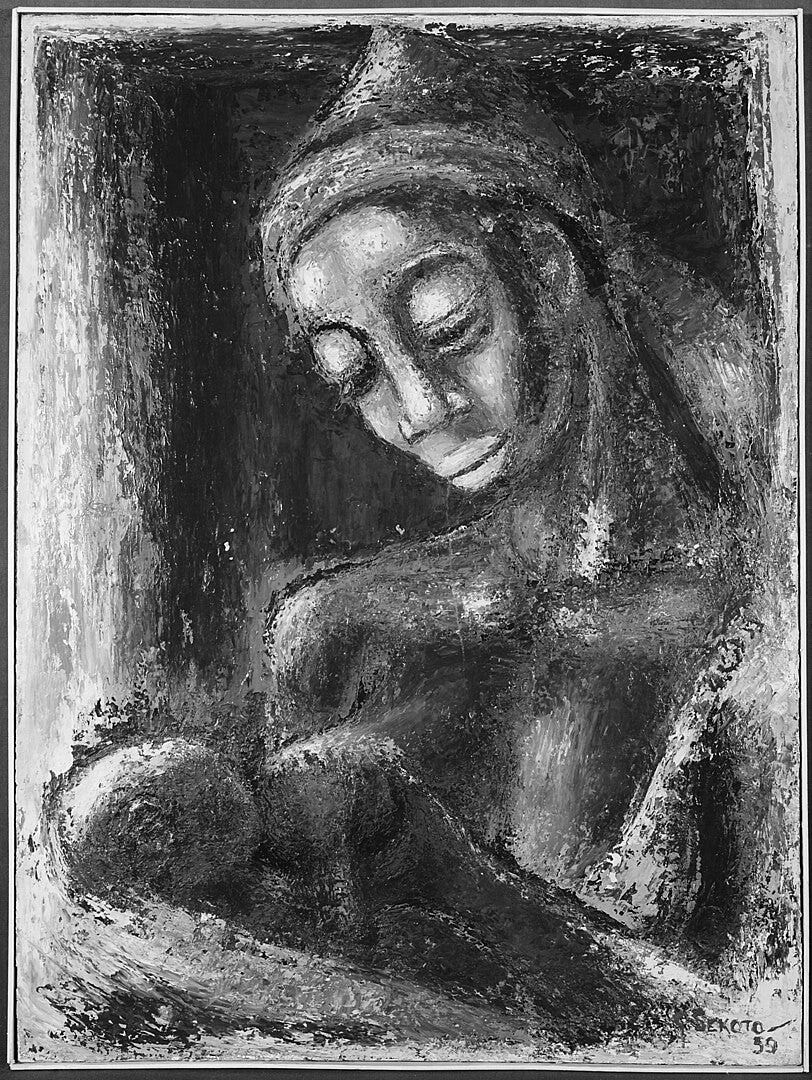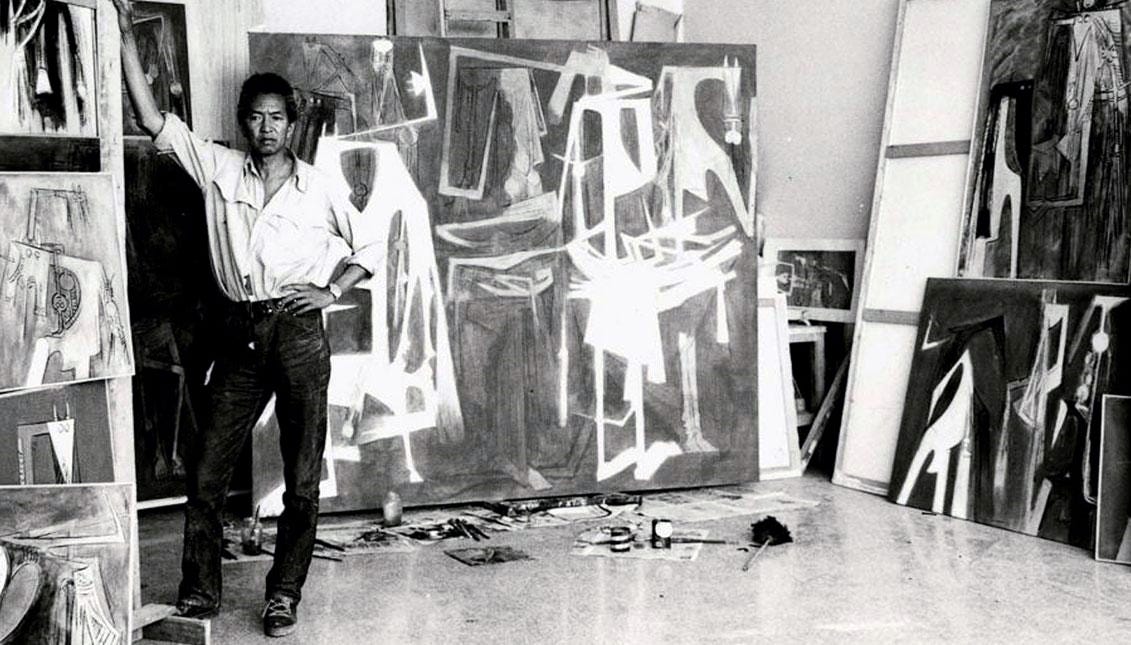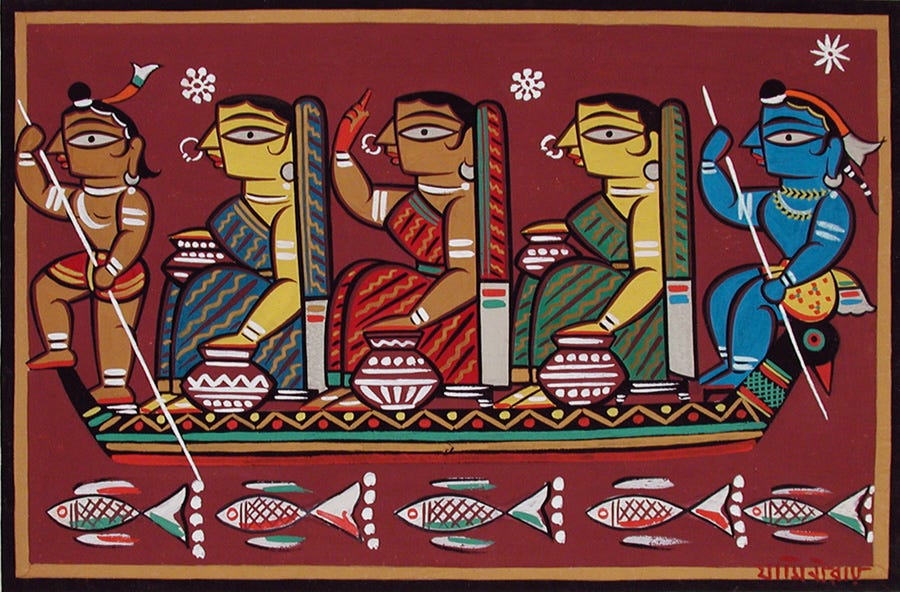Art history: Contemporary art (1900–Present)
State-of-the-art art, current art and art of the now
Art after the Great war saw everyone grapple with trying to make sense of the atrocities.
The world seemed more and more fractured, chaotic, and ever changing.
This lead to rejection of grand narratives, which got reflected in a diversity of material, of form, of subject matter, and even time periods.
Various attempts continued to produce separate movements or “isms” such as Dadaism, Surrealism, and Cubism.
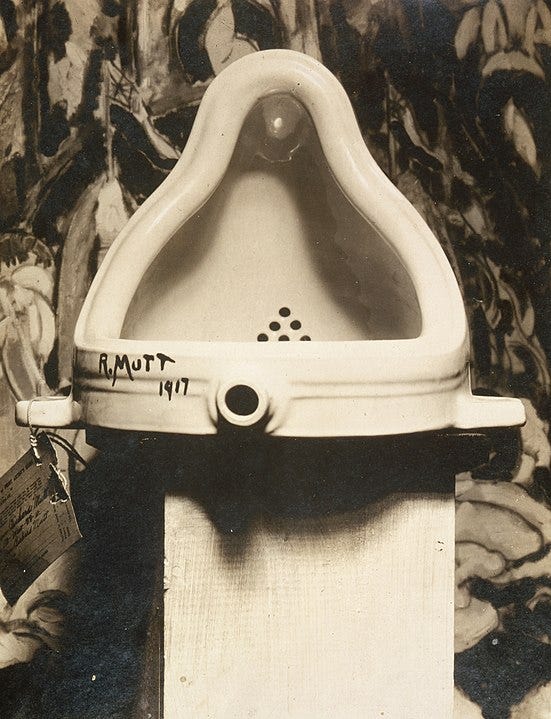
Generally, the early 20th century is marked by Modernism, search of conciliation of the new subjective, disillusioned values with industrialization, with movements like Cubism (Pablo Picasso), Surrealism (Salvador Dalí), and Abstract Expressionism (Jackson Pollock).
The late 20th century saw the rise of Postmodernism, characterized with irony, self-awareness and questioning of artistic conventions with figures like Andy Warhol and Jean-Michel Basquiat.
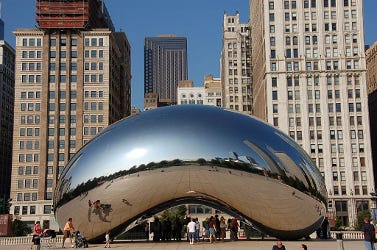
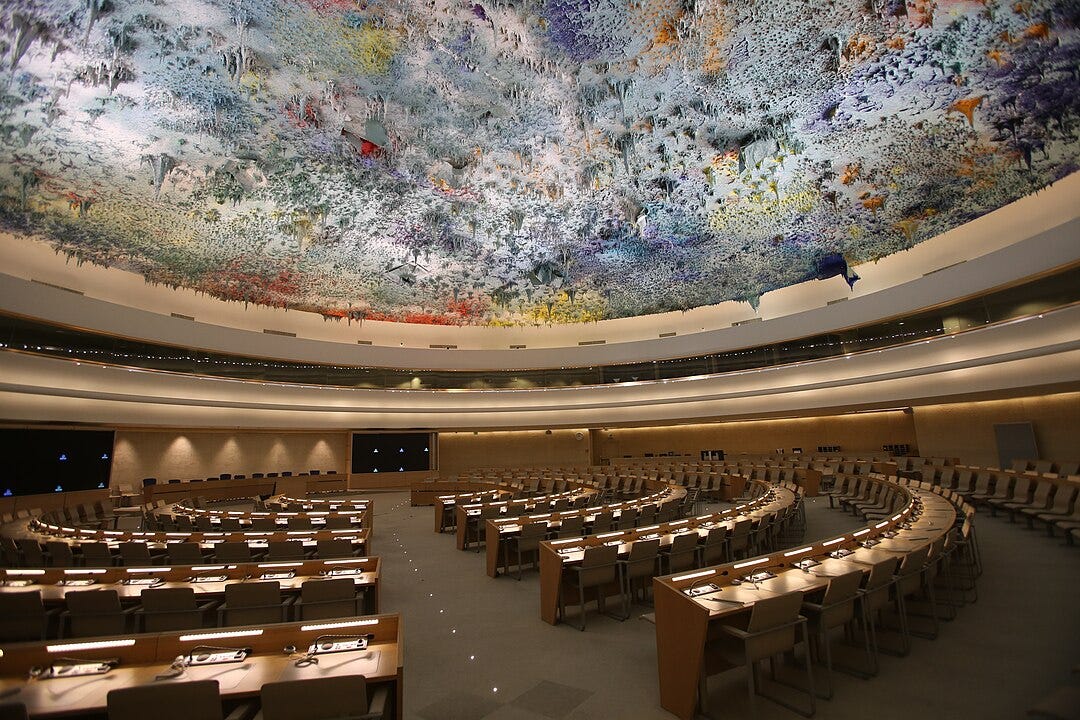
Chinese painter Liu Xiaodong depicts everyday people in his rising country
Takashi Murakami is a celebration of the Japanese cute and quirky aestethics
A response to the horrors of World War I, Dada (1916–1920s) rejected traditional art values and embraced absurdity, irrationality, and anti-art. Its representatives such as Marcel Duchamp and Hannah Höch used collage, photomontage, and readymade objects to critique societal norms and the bourgeois establishment through satire and shock.
Maybe the most influential movement of the 20th century, Surrealism (1920s–1950s) sought to unlock the unconscious mind and explore dreams, fantasies, and the irrational. Influenced by Freudian psychoanalysis, surrealist works often juxtaposed unrelated objects in bizarre and dreamlike ways. Admired artist such as Salvador Dalí, René Magritte, Max Ernst, and Frida Kahlo althought she rejected the label still keep the collective imagination.
“Golconda” by René Magritte, 1953
But maybe the most innovative movement at the beginning of the 21st century is Cubism (1907–1920s) It is considered a descendant of Henri Matisse’s Fauvism, a Post- Impressionist offshoot to which Georges Braque also belonged.
Cubism broke objects down into geometric shapes and multiple perspectives within a single plane, challenging traditional notions of depth and space. Analytic Cubism (1907–1912) focused on breaking objects into fragmented planes, while Synthetic Cubism (1912 onward) incorporated collage and simpler shapes. Main representatives were Pablo Picasso, Juan Gris and Jean Metzinger. One of the most revolutionary movements in art history, Cubism laid the groundwork for abstract art and had a profound influence on subsequent avant-garde movements.
Such movements in newly sovetized Russia were Suprematism started conjointly with Constructivism (1913–1920s).
Suprematists (Kazimir Malevich, El Lissitzky) focused on basic geometric forms, such as squares, circles, and lines, and limited color palettes, seeking to express a "pure feeling".
Constructivists (Vladimir Tatlin, Alexander Rodchenko, Liubov Popova) were in favour of art for social purposes as they aimed to be in step with the new industrial age, using assemblage of materials.
So one was a precursor to later minimalist movements, while the other influenced design movements such as Bauhaus and De Stijl.
Also known as Neoplasticism, De Stijl (1917–1931) focused on abstraction and universal harmony through geometric shapes and primary colors. Piet Mondrian's grid-based compositions, using horizontal and vertical lines and blocks of red, blue, and yellow, had a significant influence on architecture, design, and modernism as a whole.
Another similar movement, Op Art (1960s) uses bold, geometric patterns and contrasting colors to create movement and depth on a flat surface. Artists such as Bridget Riley and Victor Vasarely played with perception, optical illusions and visual experience.

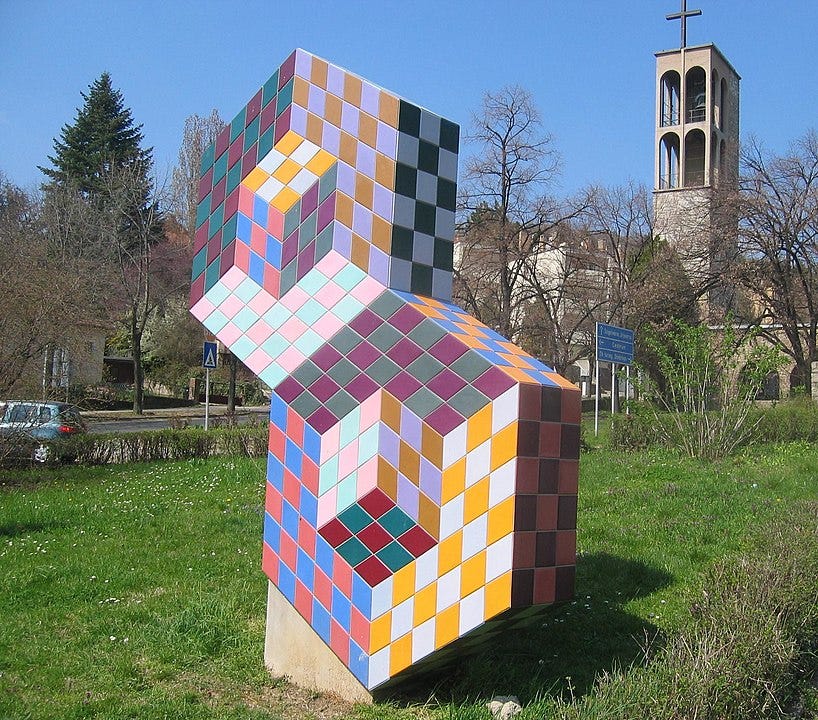
Also characterized by bold geometric shapes, Art Deco (1920s–1940s) uses lavish ornamentation, luxury materials and technological advancements of the interwar period. The glamorous creations of Tamara de Lempicka, Erté, and Jean Dunand influenced a range of mediums, from fashion and jewelry to industrial design and architecture.
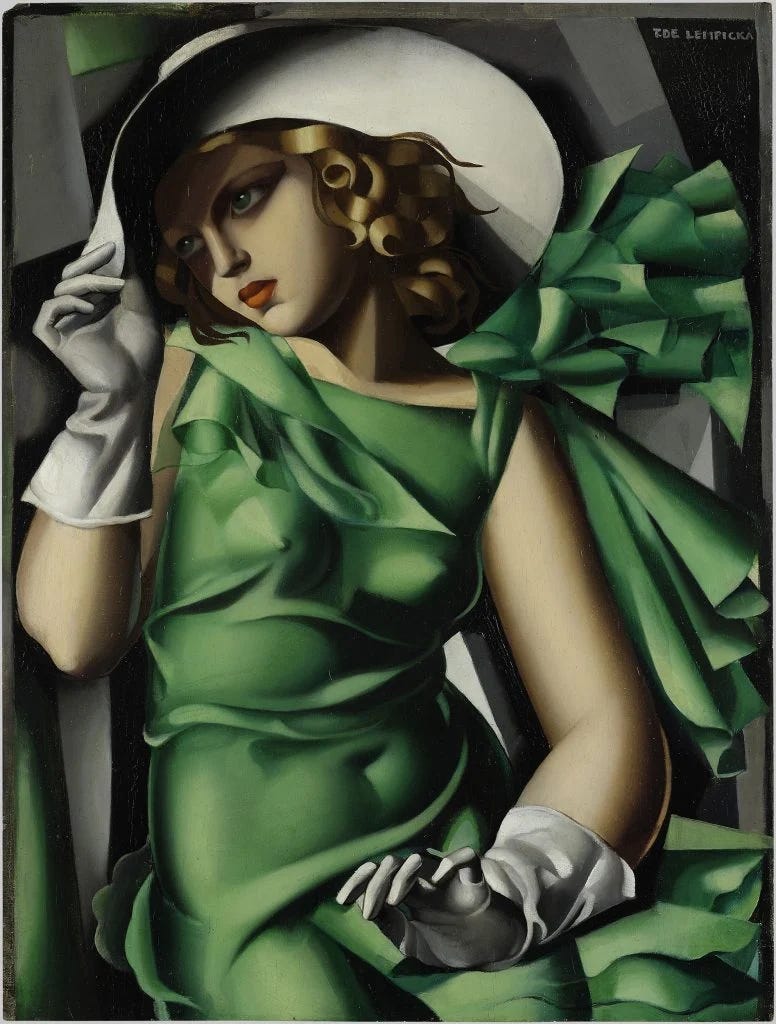
All these experimentation lead to the movements of Abstraction (1940s–1950s):
Lyrical abstraction in Paris (Joan Miró, Wassily Kandinsky, Paul Klee);
Abstract Expressionism in New York (Jackson Pollock, Mark Rothko, Willem de Kooning).
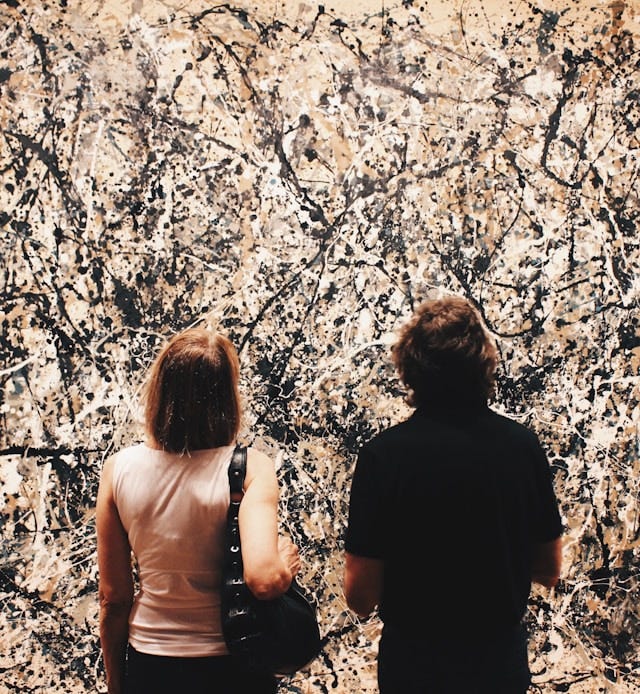
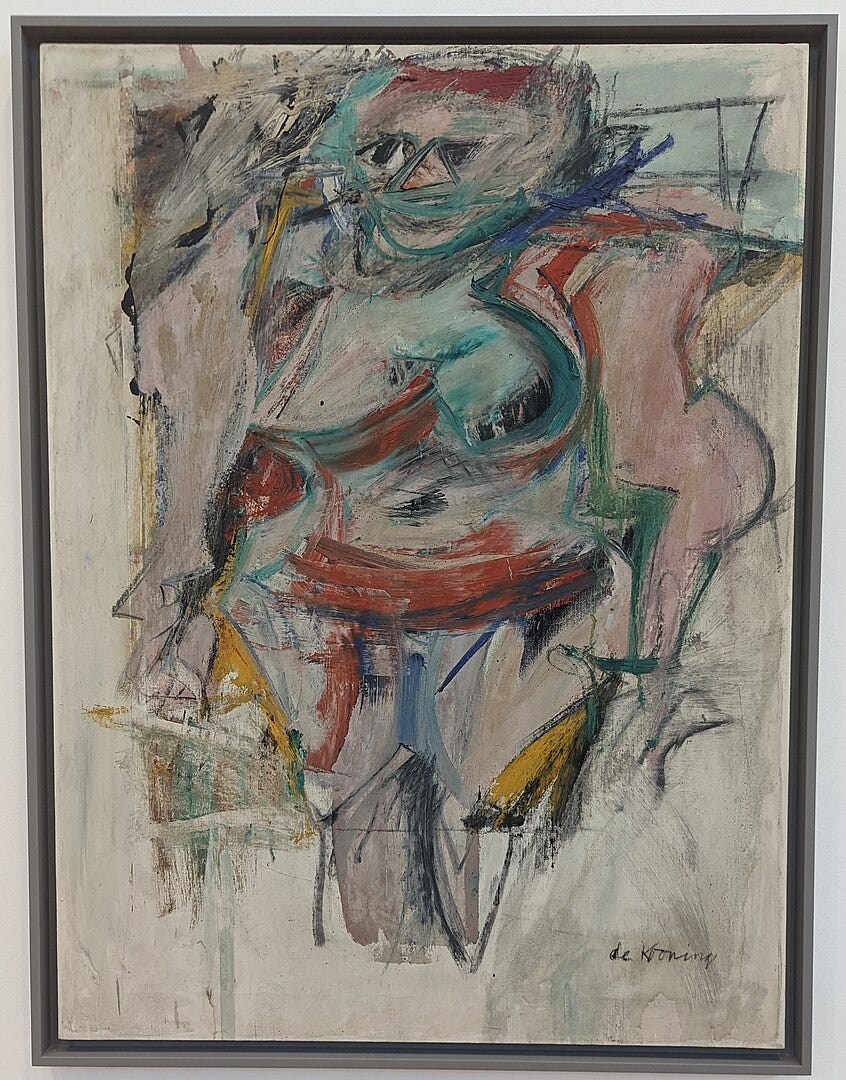
They both emphasized spontaneity, emotion, and large-scale works.
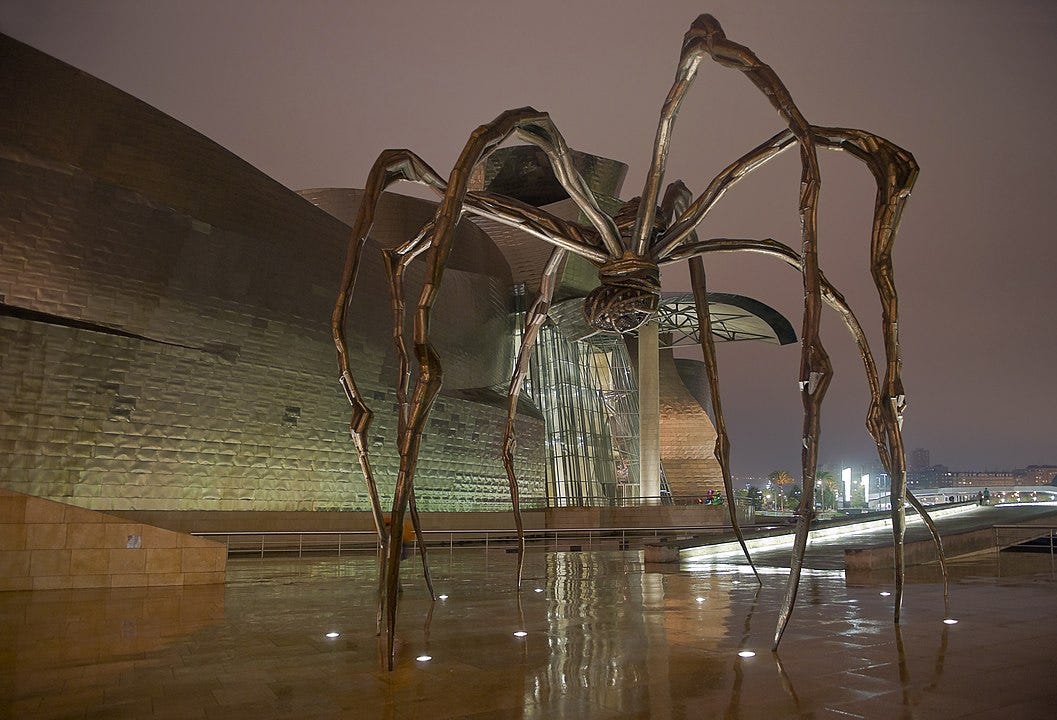
In their quest to be maximally expressive with little to no technical requirements or limitations, several movements arise:
For instance, Pop Art (1950s–1960s) celebrated and critiqued mass consumer culture by using imagery from advertising, comic books, and celebrity culture. Alternatively, its representatives (Andy Warhol, Roy Lichtenstein, Claes Oldenburg) often used mechanical techniques (like silkscreen printing) to mimic the mass-production processes of consumer goods. But its most important legacy is questioned the boundaries between high art and popular culture.
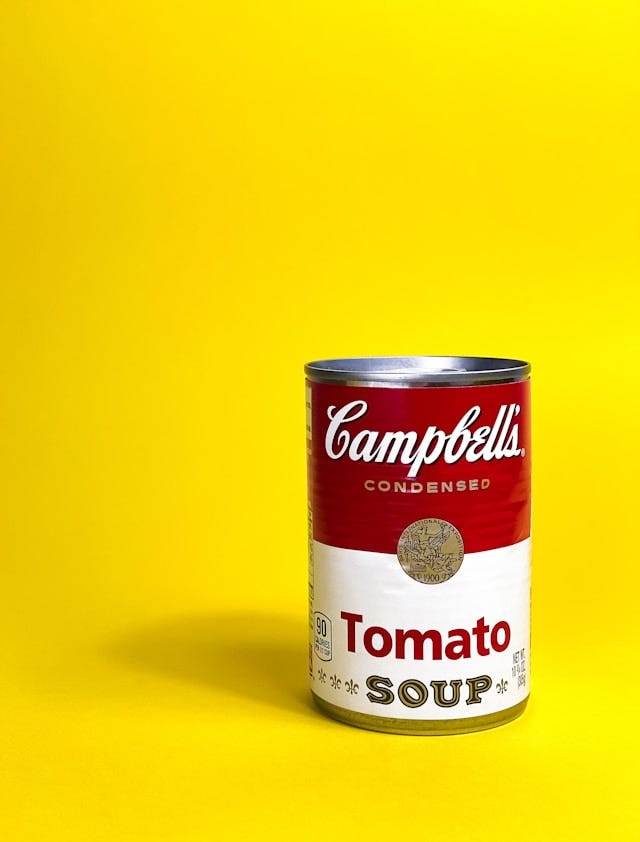
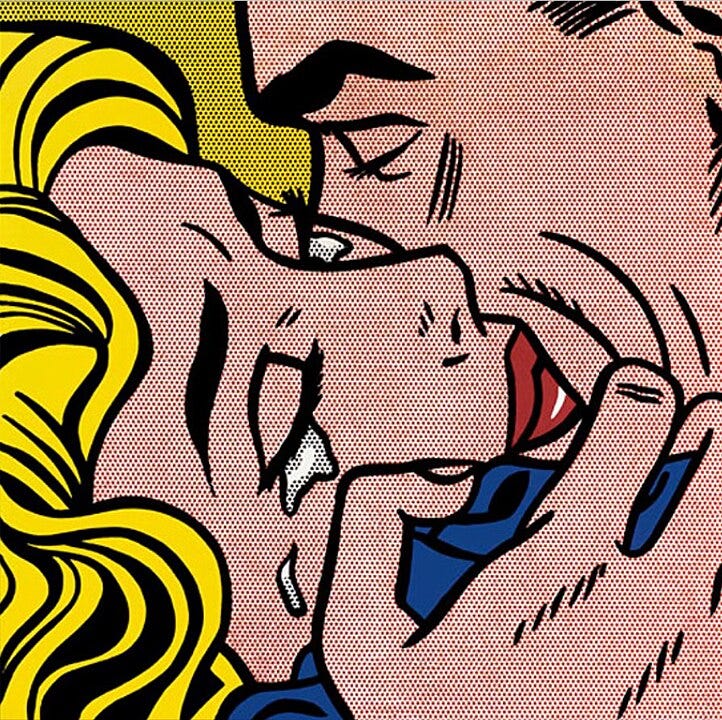
Similarly emphasizing the absence of personal expression, Minimalism (1960s–1970s) focused on simplicity, that is to say order, precision, and clarity. Its representatives (Donald Judd, Frank Stella, Agnes Martin) often used industrial materials and repeated forms to strip art down to its essential elements.
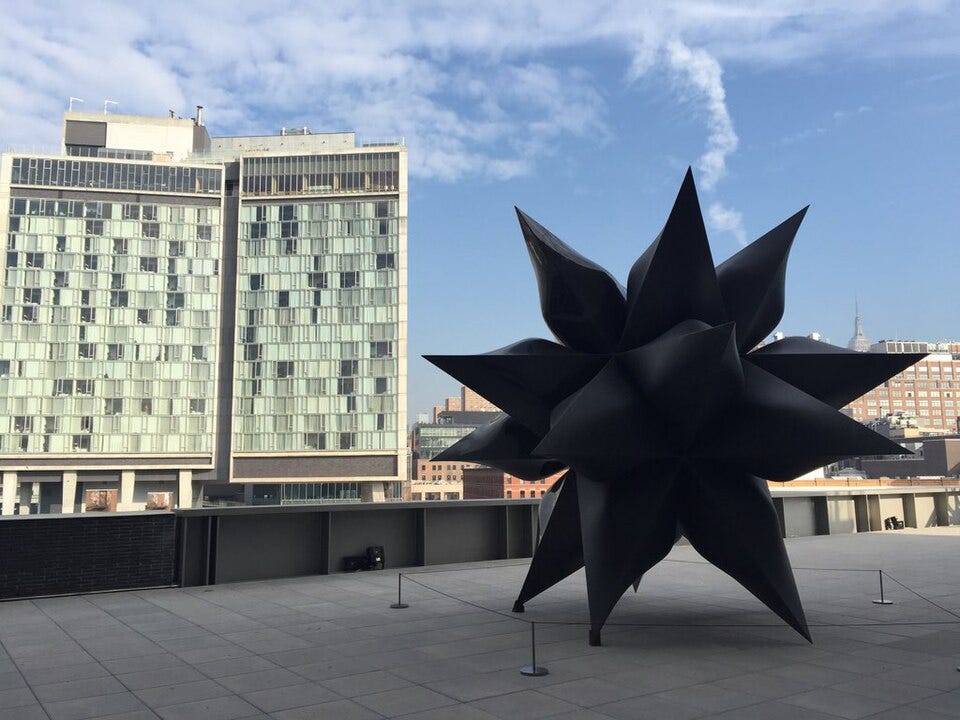
At the same time, Conceptual art (1960s–1970s) focused on the idea or concept behind the artwork, rather than its aesthetic or material form. Its representatives (Sol LeWitt, Joseph Kosuth, Yoko Ono) often used text, instructions, or everyday objects to convey meaning. They challenged traditional notions of what art could be, often blurring the lines between art and philosophy.

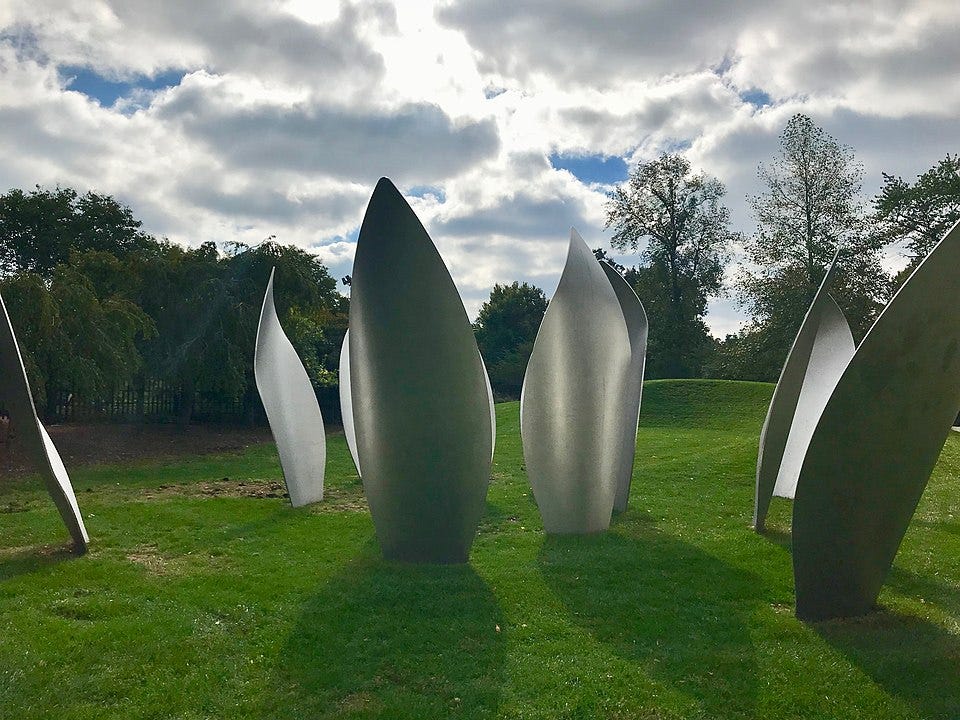
Aligning itself with feminism, multiculturalism, and postcolonialism, Postmodernism (1970s–1990s) ejects the grand narratives and utopian ideals of modernism. Its representatives (Cindy Sherman, Jeff Koons, Barbara Kruger) incorporates elements of popular culture, media, and parody, questioning the role of the artist and the idea of originality. It blends high and low culture, using devices such as irony and pastiche (imitation of different styles).

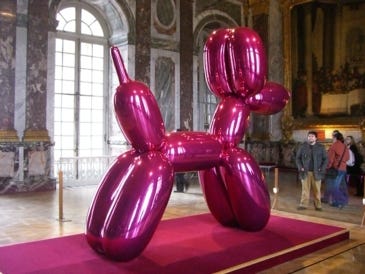
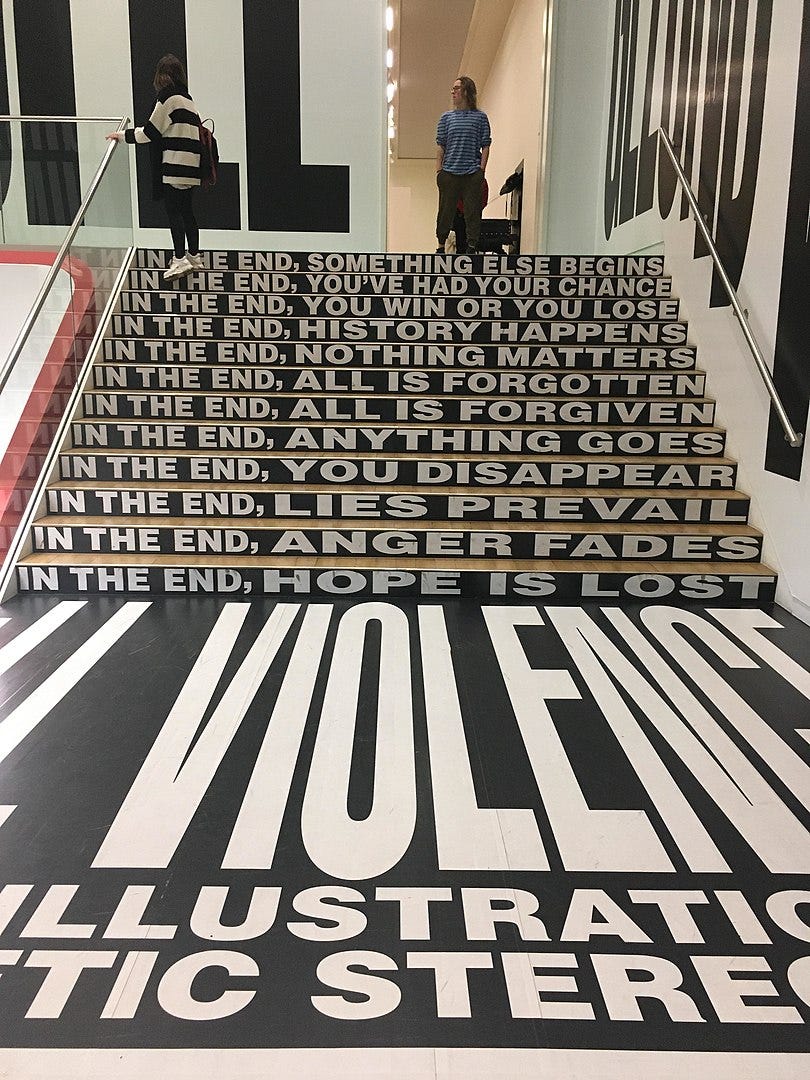
Also challenging and questioning societal structures, Neo-conceptual art (1990s–Present) emphasizes the concept or idea as the most important element of the artwork, often more so than the material or craft. Its representatives (Jenny Holzer, Damien Hirst, Sherrie Levine) critique the overwhelming influence of consumer culture, advertising, and the media on society. This movement is often interdisciplinary, incorporating photography, sculpture, performance, text, and digital art.
Jenny Holzer, 1982
“For the Love of God” by Damien Hirst, 2007
Digital and New Media art (1990s–Present) incorporates technology such as video, digital imaging, virtual reality, and interactive media. Its representatives (Nam June Paik, Rafael Lozano-Hemmer, Robert Rauschenberg) explore the implications of digital culture, surveillance, artificial intelligence, and virtual worlds.
Meanwhile, in the tangible worls, Installation art (1990s–Present) seek to transforms the viewer's experience of a space. This art is often site-specific and immersive, using a variety of materials, including light, sound, and natural elements. Artists such as Yayoi Kusama, Olafur Eliasson, and Christo and Jeanne-Claude want to encourage audience interaction or contemplation of space and environment.
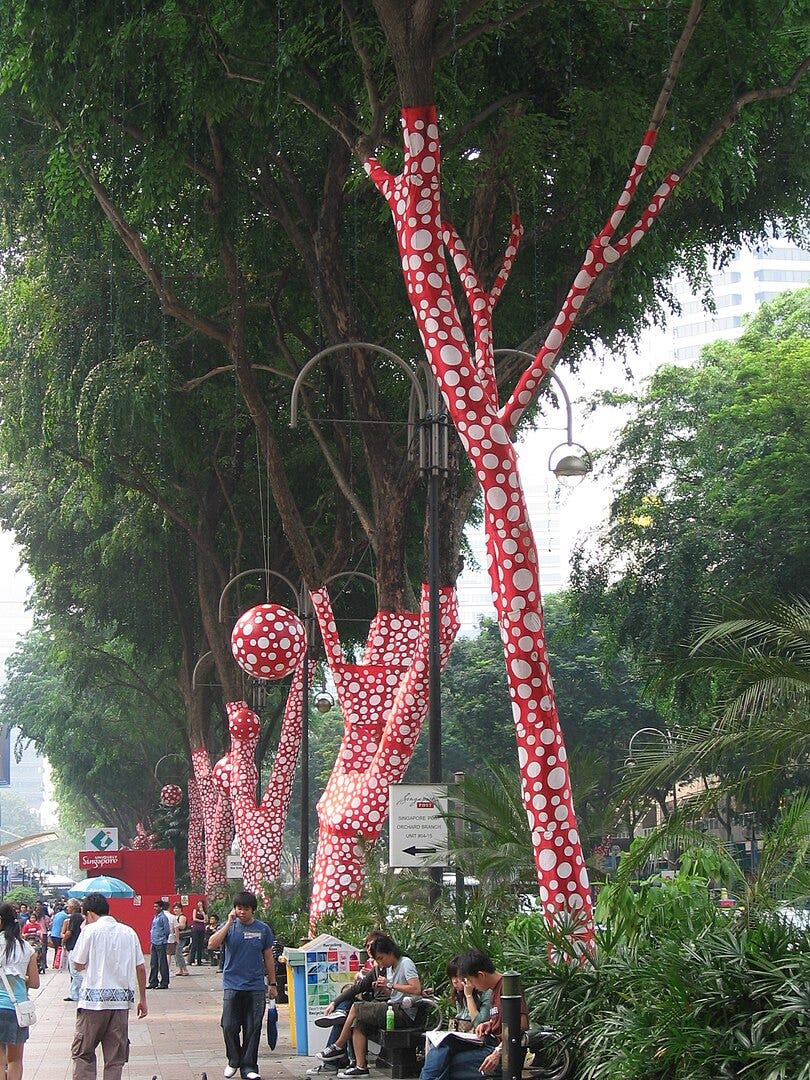
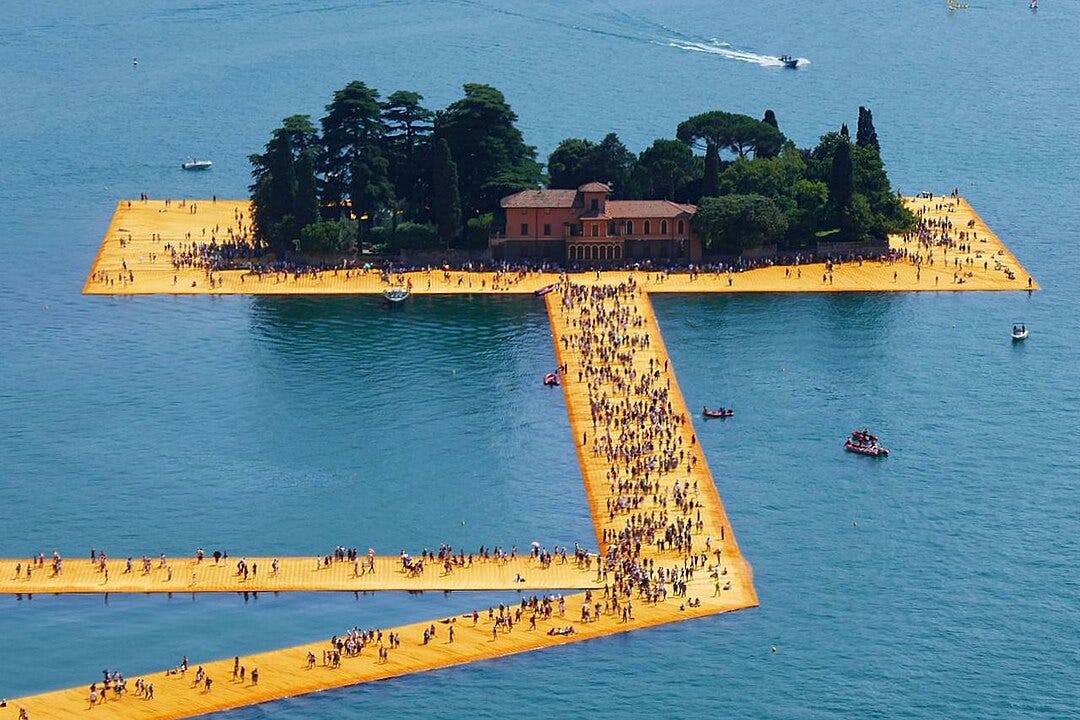
Focusing on human interaction and participation, Relational aesthetics (1990s–Present) often blurs the line between art and life, where the audience plays an active role in creating the art along with Rirkrit Tiravanija, Marina Abramović and other artists.
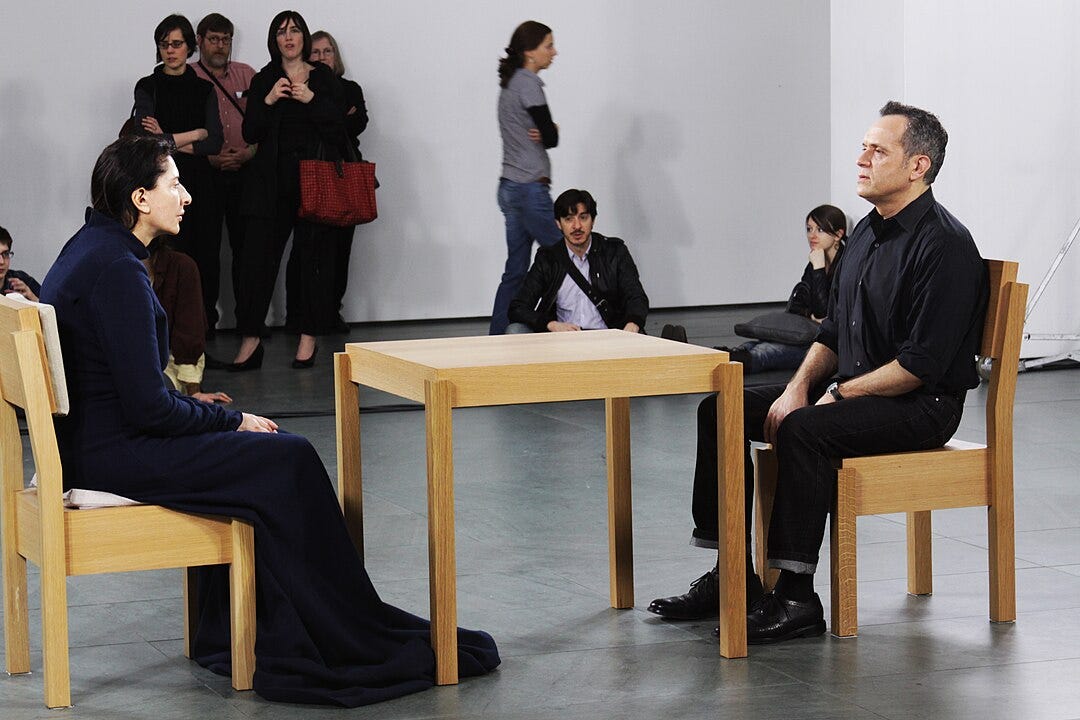
Contemporary art is also strongly politically, socially and environmentally engaged:
After centuries of exclusion and negligence Feminist art (1970s–Present) called attention to the absence of women and minorities in art history and institutions. Artists such as Judy Chicago, Guerrilla Girls, and Shirin Neshat tried to address gender inequality and particular female experience, often through performance, body art, and installation.
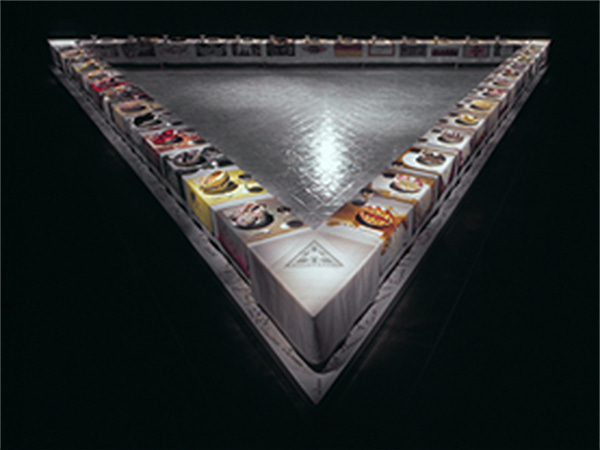
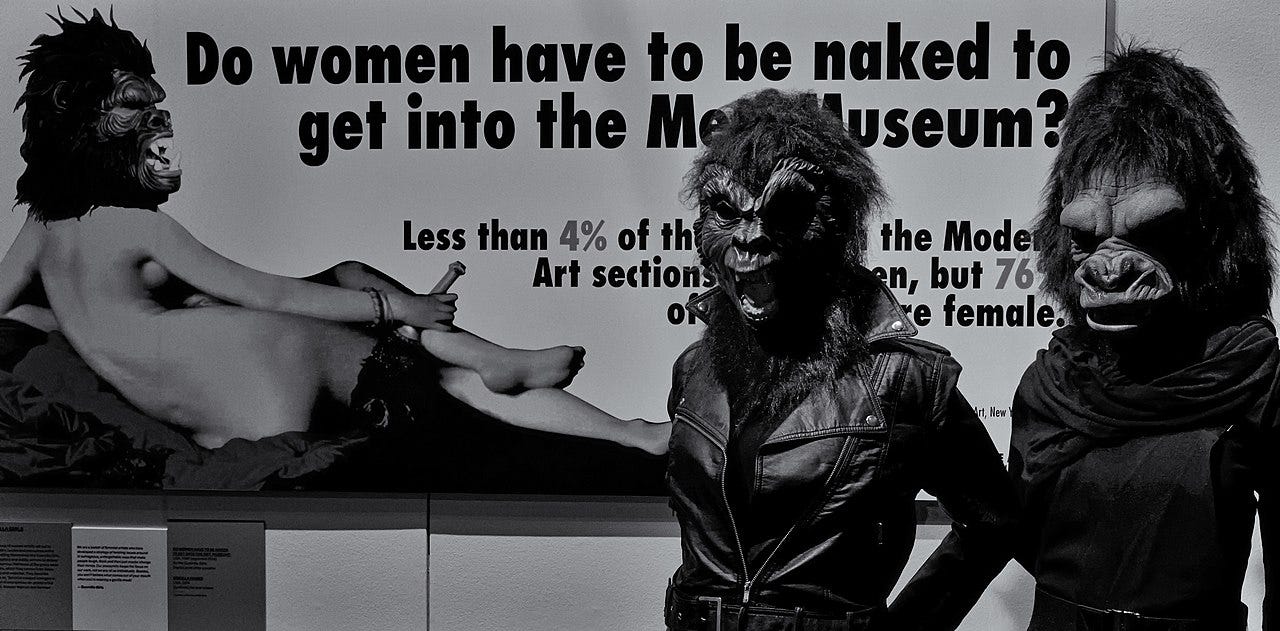
Art created in public spaces without official permission, Street art and Graffiti art (1970s–Present) often addresses social, political, and cultural issues. It has many forms such as spray paint, stencils, murals, and installations. Some artists (Jean-Michel Basquiat, Keith Haring, Banksy) achieve global recognition while others remain anonymous.
“Untitled (Two Heads on Gold)” by Jean-Michel Basquiat, 1982
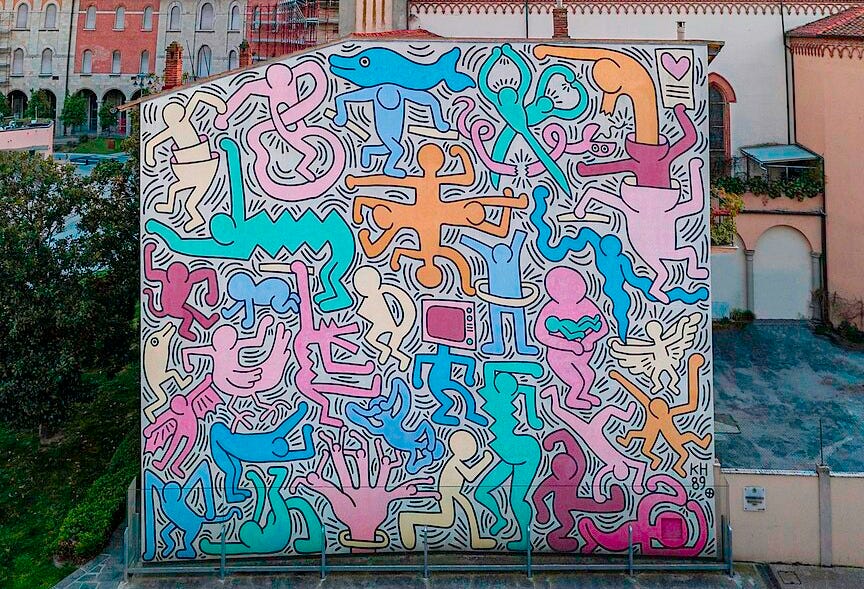
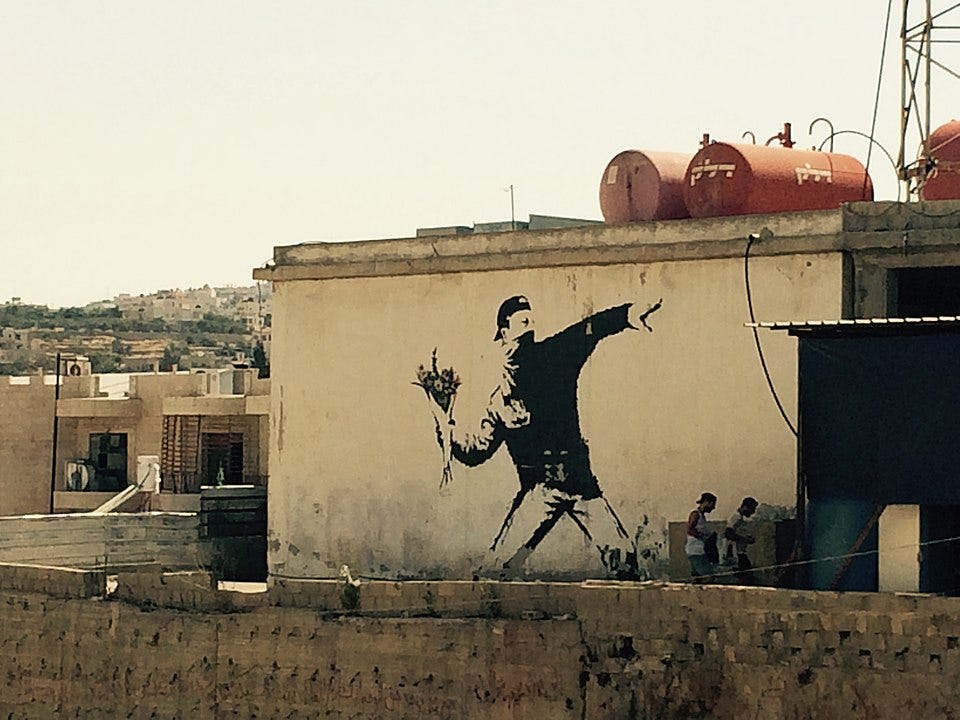
Art that seeks to create social change, Socially engaged art (1990s–Present) of the likes of Ai Weiwei, Theaster Gates, and Tania Bruguera often involves community engagement, activism, and participatory projects. It blurs the line between art and social practice, aiming to influence public policy, raise awareness, or give voice to marginalized communities.
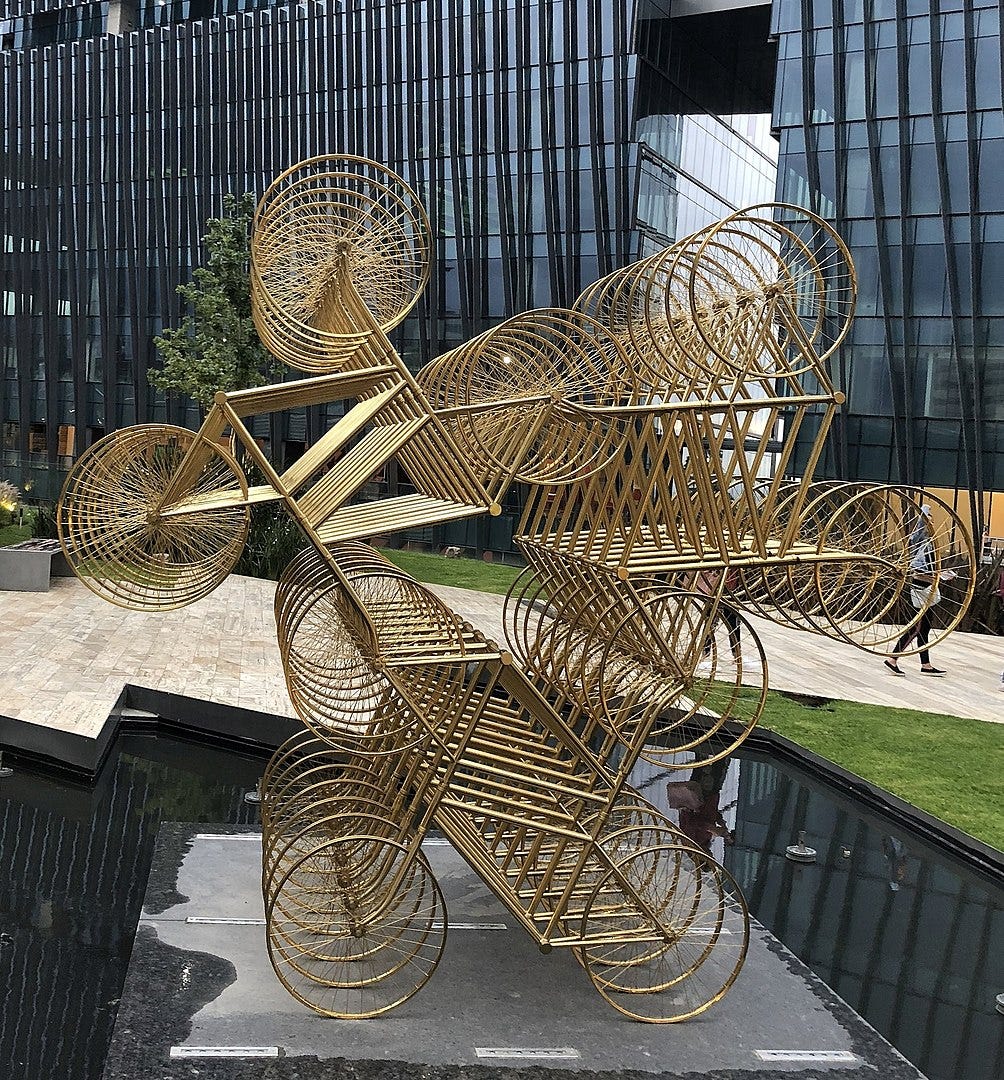
After increased awareness of nefarious effects, Environmental and Eco-art (1970s–Present) focuses on nature, sustainability, and the impact of humans on the environment. Its representatives (Agnes Denes, Andy Goldsworthy, Robert Smithson) often create site-specific, ephemeral works using with natural materials or highlighting ecological issues.

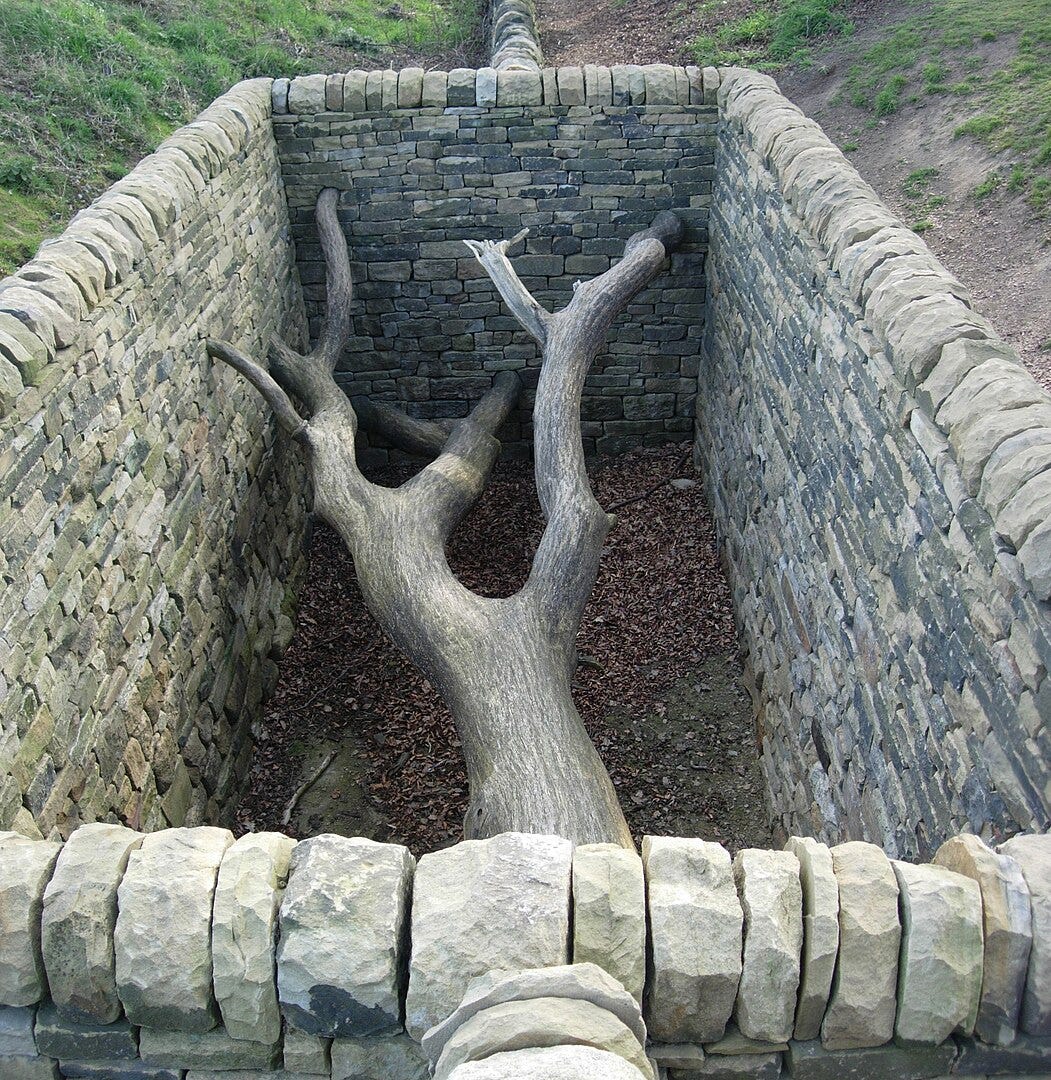

Here, we can include Native American contemporary art, where artists like Jaune Quick-to-See Smith also address Indigenous identity and postcolonial themes, but her Nomad Art Manifesto includes several points on the matter of sustainability.
African art is in the process of searching its identity too with anti- and post- colonial cultural and political movements such as Negritude (that inspired the Harlem Renaissance), Afrofuturism and Pan-Africanism.
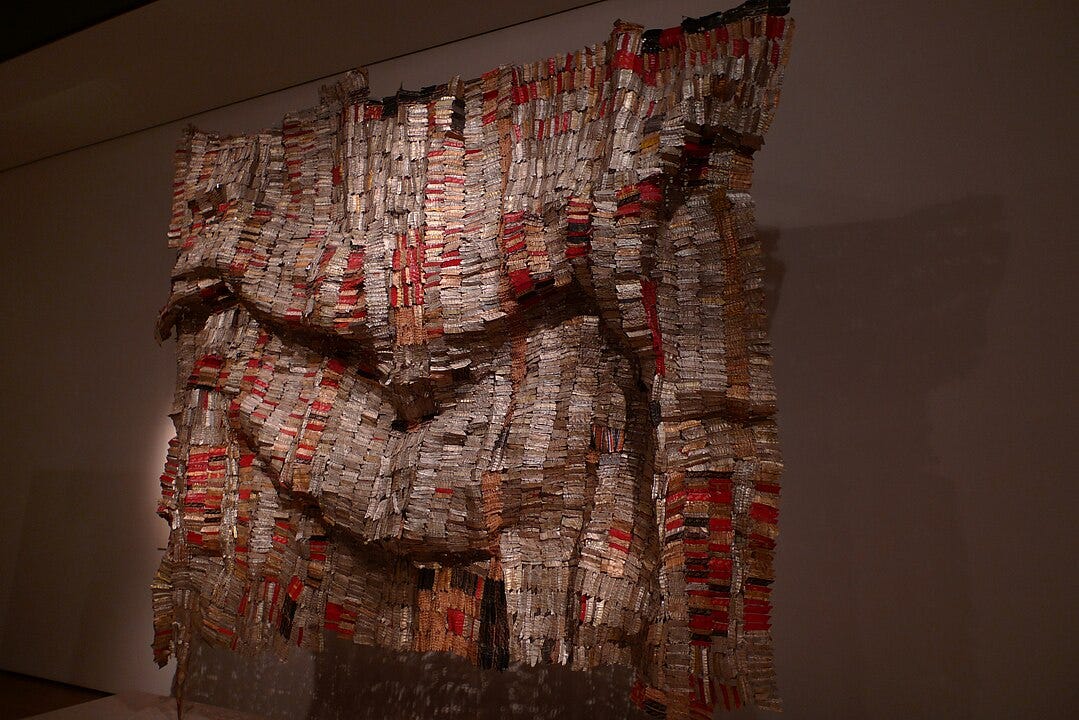
Other newly liberated countries and people also had their difficult but fruitful art journey.
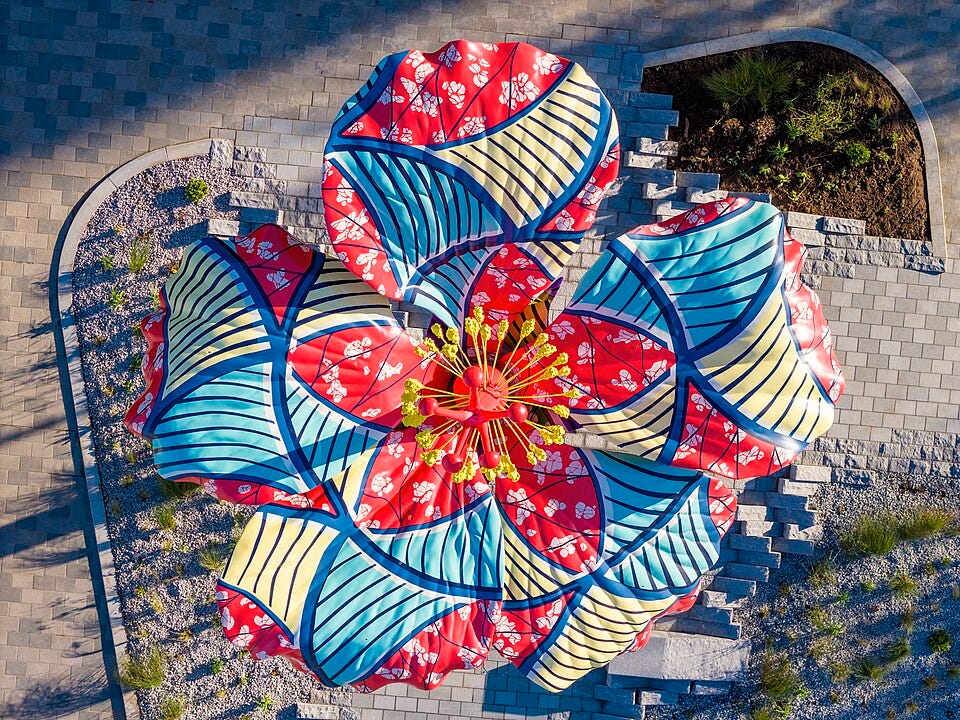
Today, most artists play on the global scene.
Also, as technology has evolved, Digital art (1960/80s - Present) has transformed the landscape of contemporary art, offering new ways of creating, experiencing, and distributing art: from early video and algorithmic experiments to immersive VR installations and NFTs. As a pioneer in the field of digital painting many point to Craig Mullins, some notable names being Beeple (Mike Winkelmann), Loish (Lois van Baarle) and Wlop (Wang Ling). Many are inspired by Moebius, Frank Frazetta, Alphonse Mucha and animation.
The rise of AI art and the increasing use of code and algorithms as tools have challenged traditional ideas of authorship and creativity.
The art styles from World War I to today reflect the rapid changes in society, politics, technology, and culture. From the avant-garde movements of the early 20th century to the contemporary trends of today, artists have constantly pushed the boundaries of what art can be and do. These styles collectively represent a vibrant and evolving landscape of global artistic innovation.

